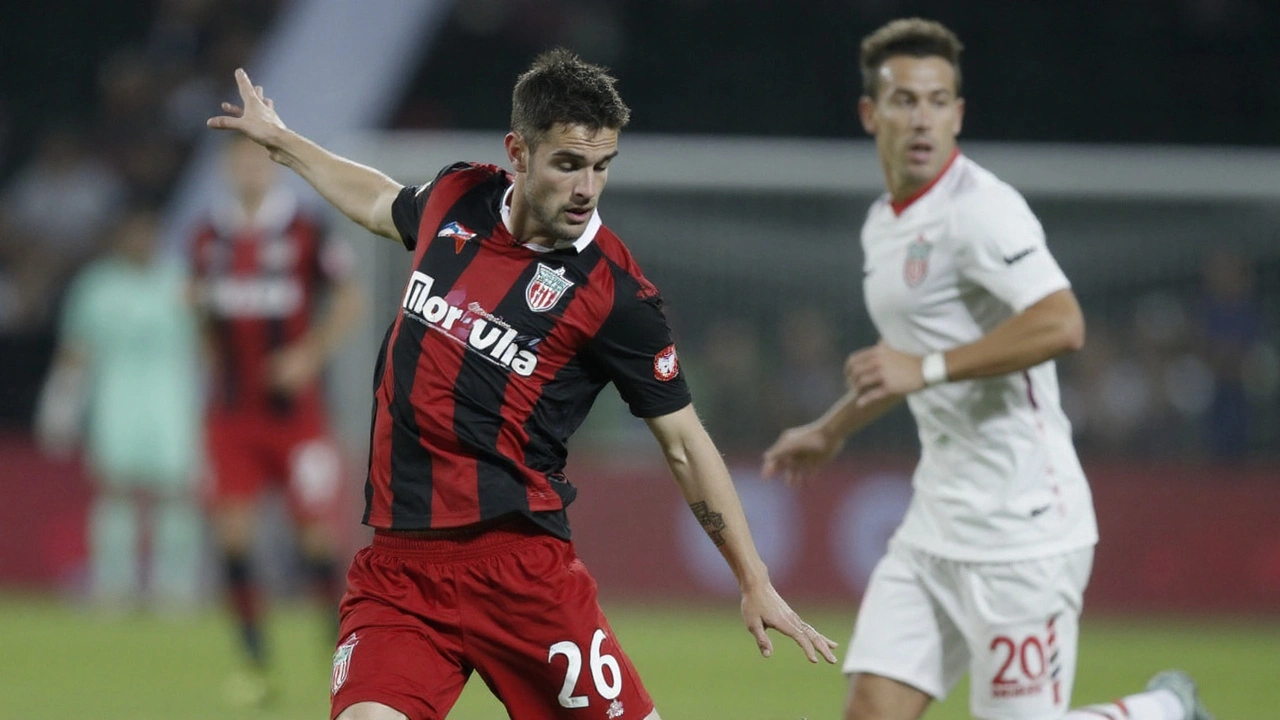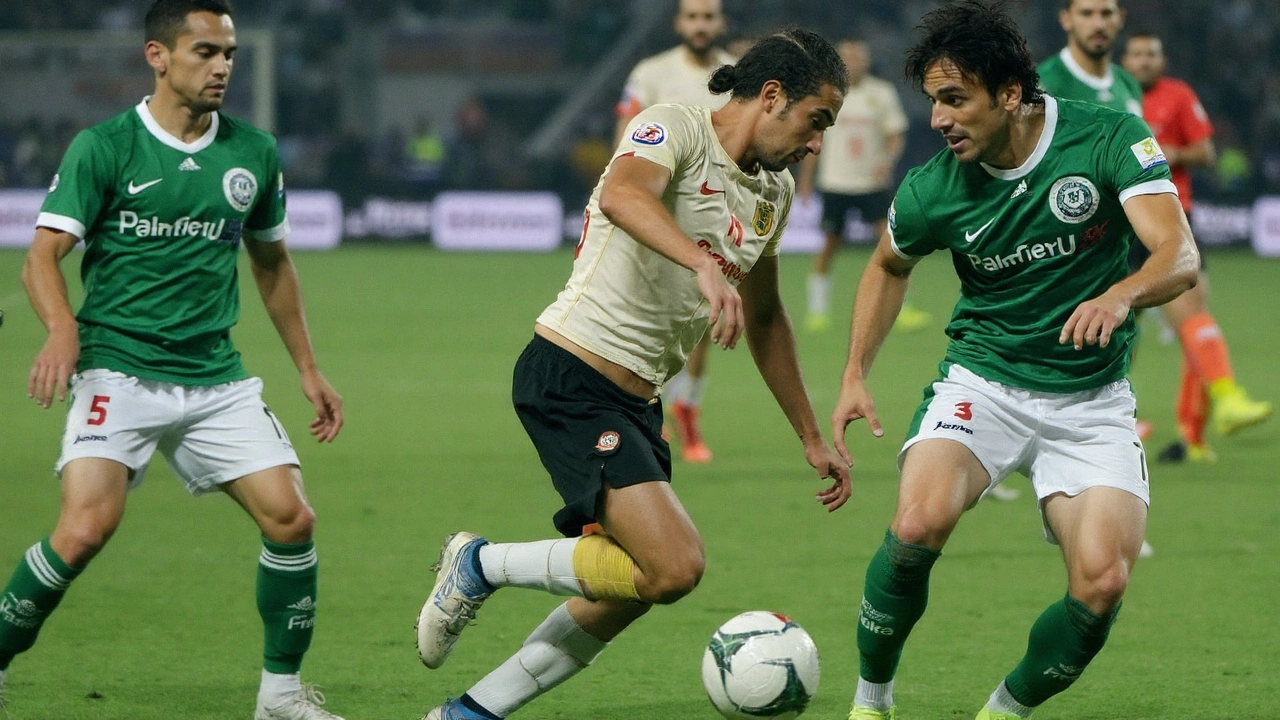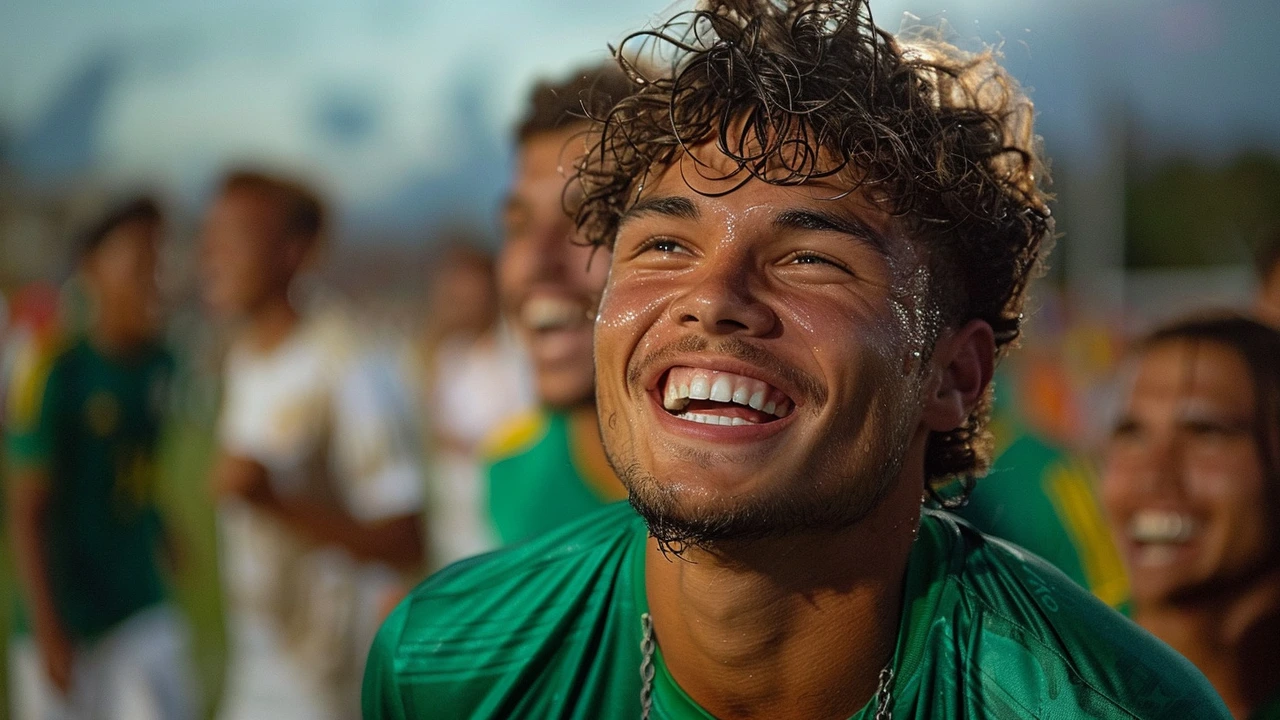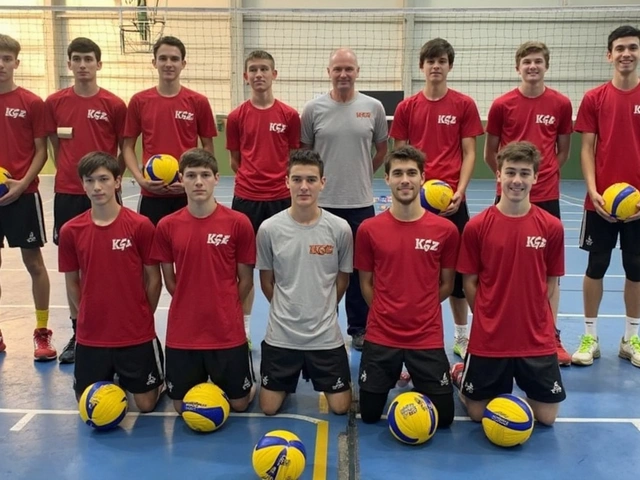Palmeiras secure progression with solid defensive display
On August 22, 2025, the atmosphere inside São Paulo’s Allianz Parque was charged with expectation. Palmeiras entered the second leg against Peru’s Universitario already up 4‑0 from the first encounter, meaning a single slip could end their campaign. The match unfolded as a disciplined, low‑scoring affair, ending 0‑0 and confirming the Brazilian club’s place in the next round of the Copa Libertadores.
From the first whistle, Palmeiras coach Abel Ferreira instructed his side to stay compact and avoid unnecessary risks. The midfielders pressed in short bursts, while the back line, marshalled by veteran centre‑backs, kept the Peruvian attackers at bay. Universitario, aware that a miracle was required, pushed higher up the pitch, looking for any chance to score before the final whistle.
Key figures from the first‑leg victory, forward Flaco López and striker Vitão, found it harder to recreate their earlier dominance. López attempted a couple of runs into the box but was smothered by Palmeiras’ defensive midfielder, and Vitão’s shots fell just wide. Their lack of goals highlighted a shift from attacking fireworks to tactical restraint, a trade‑off that paid off for the home side.
The game’s most telling moments came in the dying minutes when Universitario earned a corner. Their captain rose highest, but the ball ricocheted off the post and away, leaving the final score unchanged. The applause that followed was mixed: relief from Palmeiras fans and a respectful ovation for the visitors who fought bravely despite the odds.

What the result means for the rest of the tournament
Palmeiras now join a packed quarter‑final roster that reads like a Hall of Fame of South American football. Alongside them are River Plate, Libertad, Vélez Sarsfield, Racing Club, Estudiantes, and Flamengo – all clubs that have hoisted the trophy at least once. The upcoming draw pits Palmeiras against the winner of the River Plate versus Libertad tie, setting up a classic Brazil‑Argentina or Brazil‑Paraguay showdown depending on the outcome.
For Universitario, the exit is disappointing but not ignominious. Their 2025 campaign marks another chapter in the club’s storied Libertadores history; they share the record for most appearances by a Peruvian side with Sporting Cristal. The team displayed enough grit to earn compliments from pundits and fans across the continent, and several of their young talents have attracted interest from bigger clubs for the next season.Looking ahead, the tournament’s schedule compresses as it moves toward a November finale at Lima’s Estadio Monumental. The venue adds a symbolic twist, giving Peruvian football a chance to showcase the continent’s most coveted club prize on home soil, even though their native side will not be in the final.
Analysts predict that the physical toll of travel and the intensity of back‑to‑back fixtures will be decisive factors. Palmeiras, accustomed to a grueling domestic calendar, will likely rely on their depth to rotate players without sacrificing quality. Meanwhile, River Plate’s attack, led by a charismatic forward line, could prove a nightmare for the Brazilian defense if they manage to slip past Libertad.
Beyond the tactical battles, the quarter‑finals also represent a financial windfall for clubs still feeling the aftershocks of the pandemic era. Broadcast rights, gate receipts, and prize money are set to boost budgets, allowing teams to invest in new signings ahead of the 2026 season.
In sum, Palmeiras’ goalless draw may not have dazzled with flair, but it reinforced a timeless football lesson: defense wins championships. Their ability to manage a game, protect a lead, and keep composure under pressure will be tested again soon, as the chase for another Libertadores crown continues to heat up across South America.








NARESH KUMAR
September 25, 2025 AT 18:38 PMPalmeiras really locked down that match with a textbook defensive shape – staying compact, cutting off passing lanes, and making sure the pressure never got too high. 👏 Their discipline paid off, especially after a 4‑0 first‑leg lead, so a single slip would have been disastrous. The back four looked like a wall, and the midfielders dropped in to support whenever Universitario tried to break through. It’s a classic case of playing to the strengths you have and protecting a big advantage. The fans could breathe easy, and the win secured their spot in the quarters without the drama of extra time. 💪
Purna Chandra
October 4, 2025 AT 08:12 AMWhile the Brazilian side may celebrate a safe passage, one must ask whether this lackluster display betrays a deeper malaise within South American football’s elite. The conspicuous absence of attacking flair suggests a calculated avoidance of risk, perhaps orchestrated by shadowy interests seeking to preserve the status quo of established powerhouses. Their reliance on a pre‑existing four‑goal cushion rather than merit‑based performance borders on cynicism, betraying the sport’s pure competitive spirit. One could argue that such tactics perpetuate the myth that only the historically dominant clubs deserve glory, thereby marginalising ambitious underdogs.
Mohamed Rafi Mohamed Ansari
October 12, 2025 AT 21:45 PMIndeed, the tactical approach employed by Palmeiras in the second leg warrants a thorough examination. The coach’s decision to adopt a low‑block formation was optimal given the aggregate advantage, effectively minimizing the opponent’s space in the final third. By instructing the midfield to press sporadically, the team preserved energy while still applying a selective suffocation of the Peruvian attackers. The central defenders, positioned with a height advantage, neutralised aerial threats, especially during set‑pieces, demonstrating a keen awareness of situational risk.
From a statistical perspective, Palmeiras recorded an average of 3.1 defensive actions per minute, surpassing Universitario’s 2.4 in the same interval, underscoring the heightened defensive vigilance. Moreover, the possession ratio of approximately 58% indicated controlled ball retention, allowing the team to dictate tempo without over‑committing forward. This balance between possession and defensive solidity aligns with contemporary football analytics, where expected goals (xG) differential is often secured through disciplined organization.
Furthermore, the psychological impact of entering a match with a substantial lead cannot be overstated. Players often experience reduced anxiety, enabling clearer decision‑making and more precise execution of tactical instructions. The lack of goals does not necessarily reflect a deficiency in attacking prowess but rather a strategic concession in favour of preserving the lead.
In terms of player performance, Flaco López’s attempts were hampered primarily by the positioning of the holding midfielder, whose interceptions effectively cut off passing lanes leading to the striker. Vitão’s shot accuracy suffered slightly due to the limited service from the flanks, a consequence of the team’s emphasis on defensive shape over width.
Overall, the match serves as a case study in how a well‑implemented defensive game plan can secure progression in knockout competitions, particularly when the aggregate score provides a cushion against singular errors. This approach, while perhaps aesthetically unsatisfying to some, is nonetheless a pragmatic demonstration of football’s tactical depth.
अभिषेख भदौरिया
October 21, 2025 AT 11:18 AMThe outcome of this tie invites reflection on the larger narrative of sport as a microcosm of life's impermanence. A team that once roared with offensive verve now chooses restraint, reminding us that strength sometimes lies in silence and patience. The crowd's mixed applause echoes the human condition: relief tempered by respect for the struggle endured. Such moments foster a sense of shared humanity, transcending the borders of football and speaking to the philosophical interplay between ambition and acceptance.
Nathan Ryu
October 29, 2025 AT 23:52 PMIt is incumbent upon us, as custodians of moral integrity, to champion the virtues of fair play over tactical expediency. While Palmeiras may have secured a quarter‑final berth, the absence of proactive ambition undermines the ethical foundations of competition. Sportsmanship is not merely the avoidance of defeat but the courageous pursuit of excellence, even when the odds appear stacked against us. In embracing defensive passivity, a team may win, yet it forfeits the opportunity to inspire future generations with bold, principled action.
Atul Zalavadiya
November 7, 2025 AT 13:25 PMObserving the tactical restraint displayed, one cannot help but perceive a subtle dance between necessity and artistic expression. Palmeiras, in their calculated conservatism, perhaps inadvertently crafted a canvas upon which the future of South American football will be painted. The evolution of their approach may very well influence how emerging clubs conceptualise strategic balance, integrating defensive solidity with creative bursts. The ripples of this match, therefore, extend far beyond the immediate result, suggesting a nuanced shift in the continental footballing psyche.
Amol Rane
November 16, 2025 AT 02:58 AMStrategic ennui is the hallmark of complacent champions.
Venkatesh nayak
November 24, 2025 AT 16:32 PMWhile some may view the performance as a lackluster display, it is prudent to acknowledge the underlying intention of safeguarding a substantial aggregate lead, a decision that, albeit unglamorous, aligns with the overarching objective of progression🔍.
rao saddam
December 3, 2025 AT 06:05 AMExactly! The priority was clear-secure the spot, no time for flashy drama!!! This pragmatic mindset fuels future victories!!!